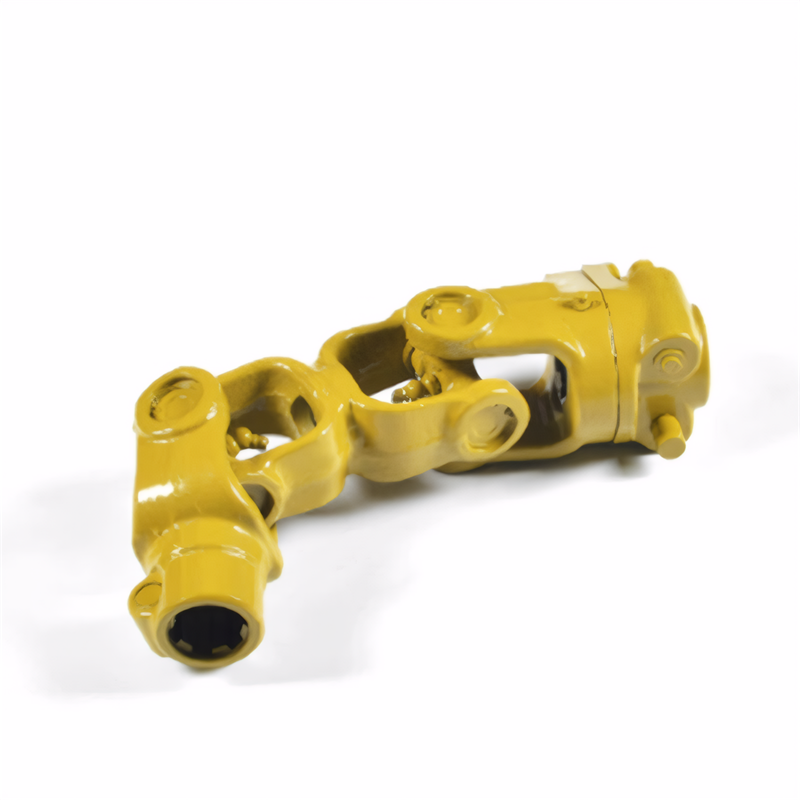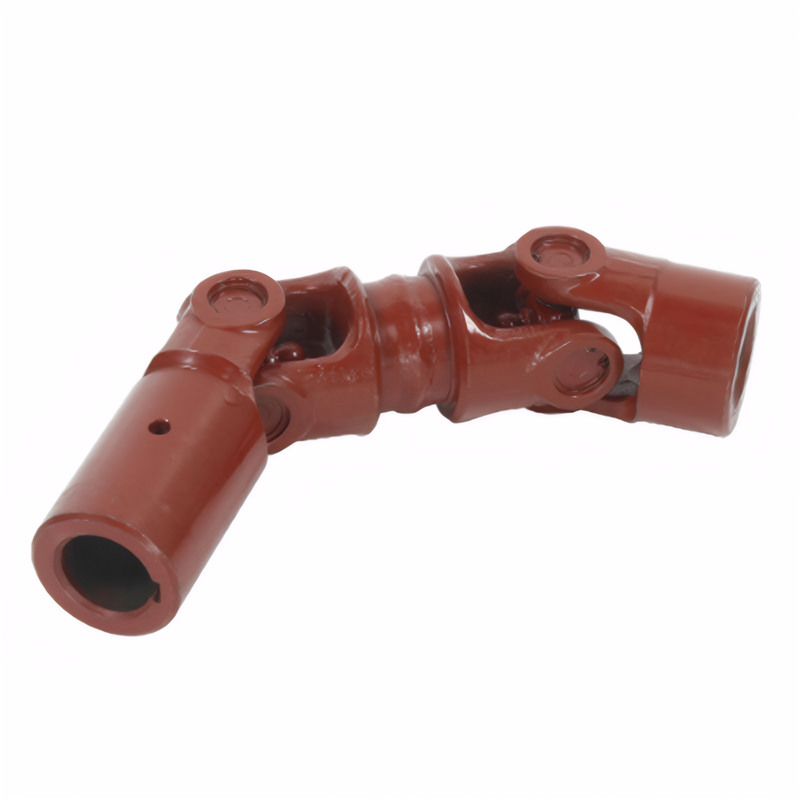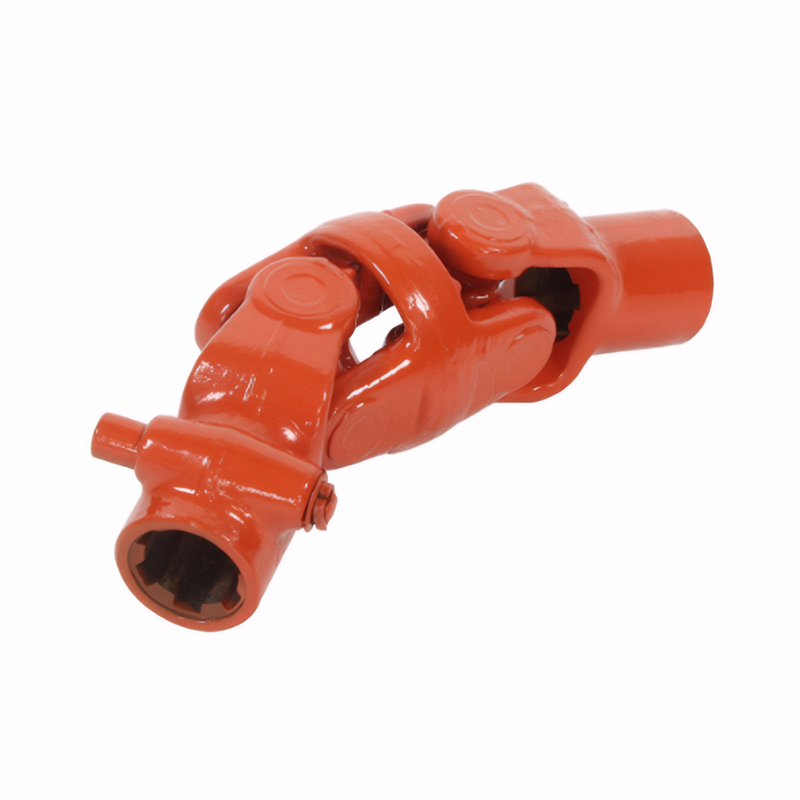The repair process of the drive shaft tube
Repair Techniques for Transmission Shaft Tubes
Transmission shaft tubes are critical components in automotive drivetrains, responsible for transmitting torque from the transmission to the differential. Over time, these tubes may suffer from bending, dents, or even cracks due to impacts, overloading, or fatigue. Proper repair techniques are essential to restore their functionality and ensure safe operation. This article explores several effective repair methods for transmission shaft tubes.
Cold Pressing Correction for Minor Bends
When a transmission shaft tube exhibits minor bends, typically within a deformation limit of 5mm, cold pressing correction can be an effective solution. This method involves using a press or hydraulic jack to apply controlled pressure to the bent section of the tube.
Process Details
To perform cold pressing correction, the transmission shaft is first secured in a specialized fixture to prevent movement during the process. The press head is then positioned over the bent area, ensuring maximum contact to avoid localized deformation. The technician gradually applies pressure, monitoring the deformation until the tube returns to its original straightness. It's crucial to maintain consistent pressure and avoid overcorrection, which could lead to further damage.
Key Considerations
Cold pressing requires precise control over pressure and alignment. Inexperienced technicians may inadvertently introduce new bends or stress concentrations. Therefore, it's advisable to have this procedure performed by a skilled professional with access to the appropriate equipment.
Hot Pressing Correction for Severe Bends or Dents
For transmission shaft tubes with severe bends exceeding 5mm or noticeable dents, hot pressing correction is often necessary. This method involves heating the affected area to reduce its yield strength, making it easier to reshape without causing further damage.
Heating and Reshaping Process
The repair begins by cutting off the splined shaft head and universal joint yoke at both ends of the tube using a lathe. A mandrel slightly smaller than the tube's inner diameter is then inserted and supported at both ends. The bent or dented section is heated to a temperature between 600°C and 850°C using an oxy-acetylene torch or induction heater. Once heated, a hammer or press is used to gently reshape the tube, following the contour of the mandrel. A form block may be placed under the dent to ensure even reshaping.
Welding and Inspection
After reshaping, the cut-off splined shaft head and universal joint yoke are reattached using the original assembly marks for alignment. The tube is then spot-welded at three to four points around the circumference to secure the components. A radial runout check is performed to ensure the tube meets the specified tolerance before completing the full weld.
Surface Restoration Techniques
In addition to correcting bends and dents, surface restoration is crucial for addressing wear, corrosion, or minor scratches on the transmission shaft tube. Several techniques can be employed depending on the extent of the damage.
Grinding and Polishing
For minor surface imperfections, grinding and polishing can effectively restore the tube's finish. This process involves using abrasive pads or wheels to remove a thin layer of material, followed by polishing to achieve a smooth surface. It's important to use progressively finer grits to avoid introducing new scratches or unevenness.
Machining for Precision
When the surface damage is more severe or requires precise dimensions, machining may be necessary. This can involve turning the tube on a lathe to remove damaged material and achieve the desired diameter and roundness. Machining ensures that the tube meets the original specifications, which is critical for proper fitment and operation.
Balancing and Alignment Checks
After repairing a transmission shaft tube, it's essential to perform balancing and alignment checks to ensure smooth operation and prevent premature wear or failure.
Dynamic Balancing
Dynamic balancing involves spinning the transmission shaft at high speeds to detect any imbalances. If imbalances are detected, small weights are added or removed from the tube to achieve balance. This step is crucial for preventing vibrations that could lead to component fatigue or failure.
Alignment Verification
Alignment verification ensures that the repaired transmission shaft tube is properly aligned with other drivetrain components. This can be done using specialized fixtures or by measuring the angles between the shaft and adjacent parts. Proper alignment reduces stress on bearings and other components, extending their service life.
 Accuracy requirements for the
Accuracy requirements for the
 Selection of universal joint t
Selection of universal joint t
 Standard for coaxiality error
Standard for coaxiality error
 Requirements for the surface r
Requirements for the surface r
 简体中文
简体中文 English
English
